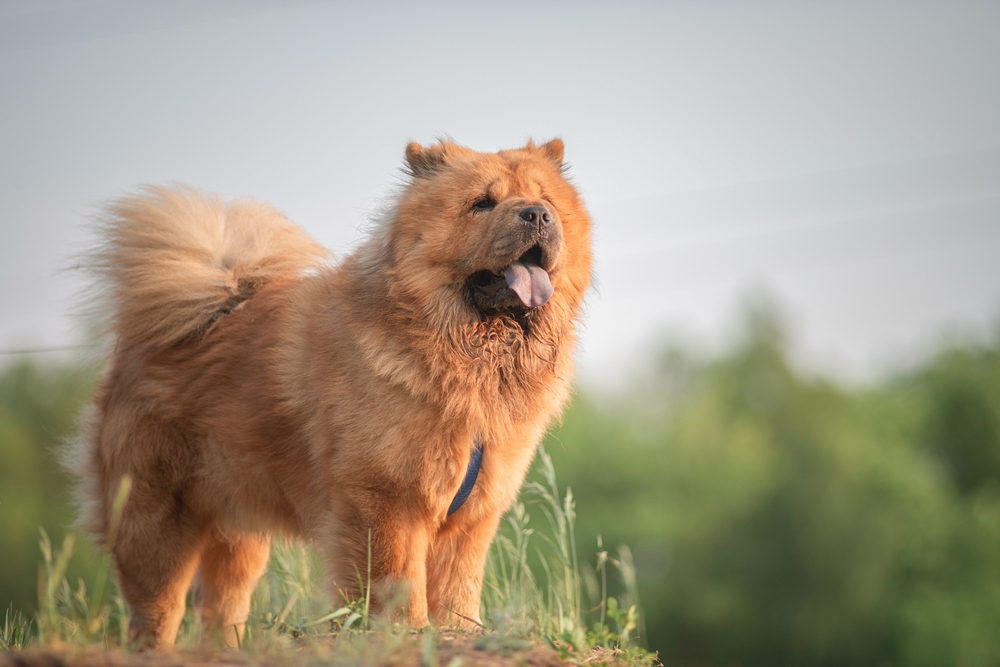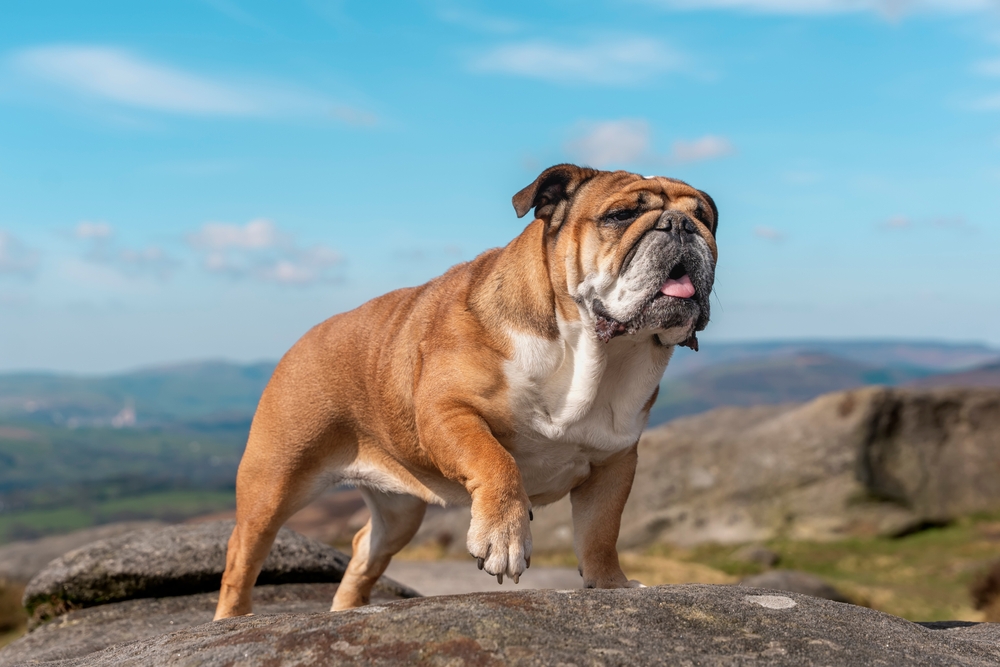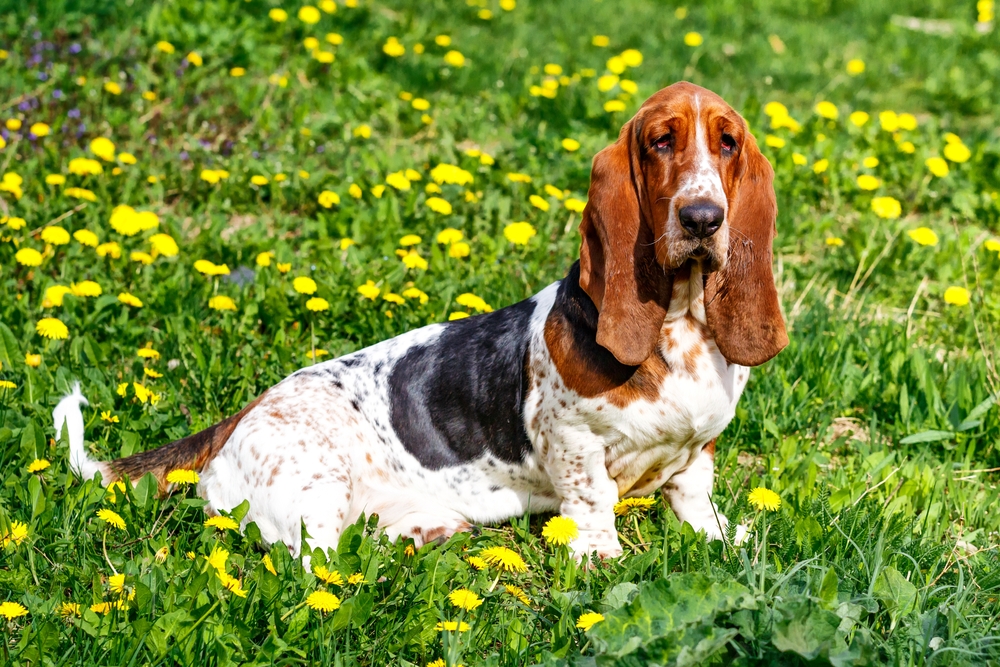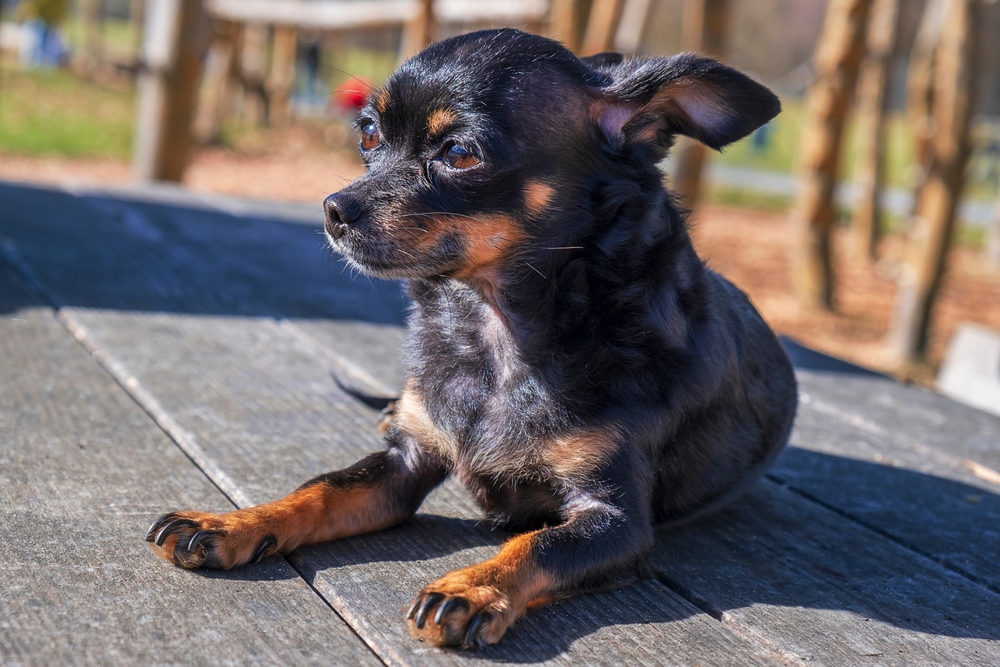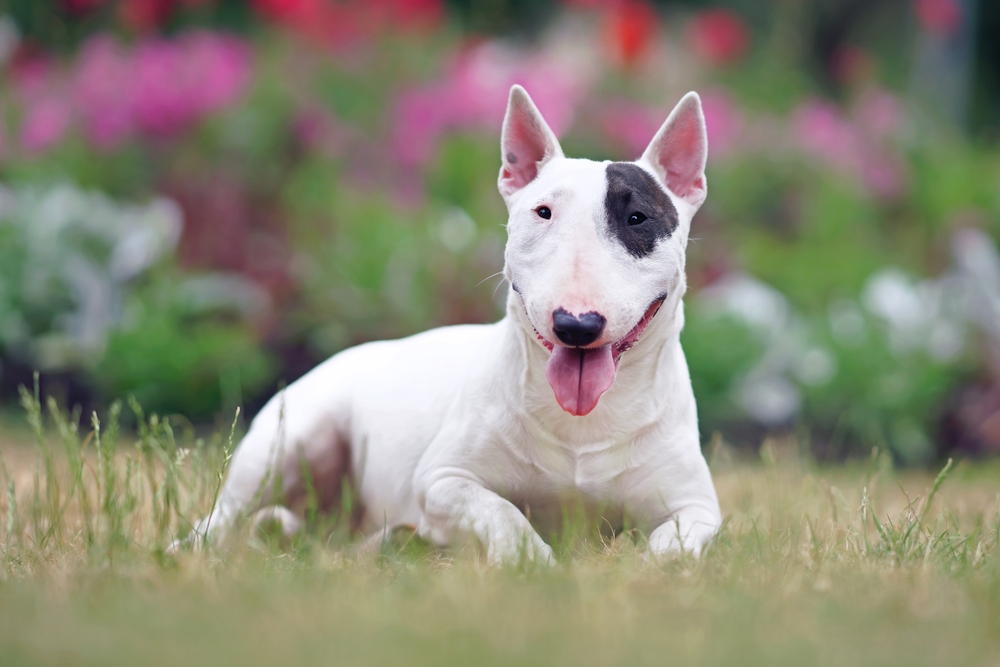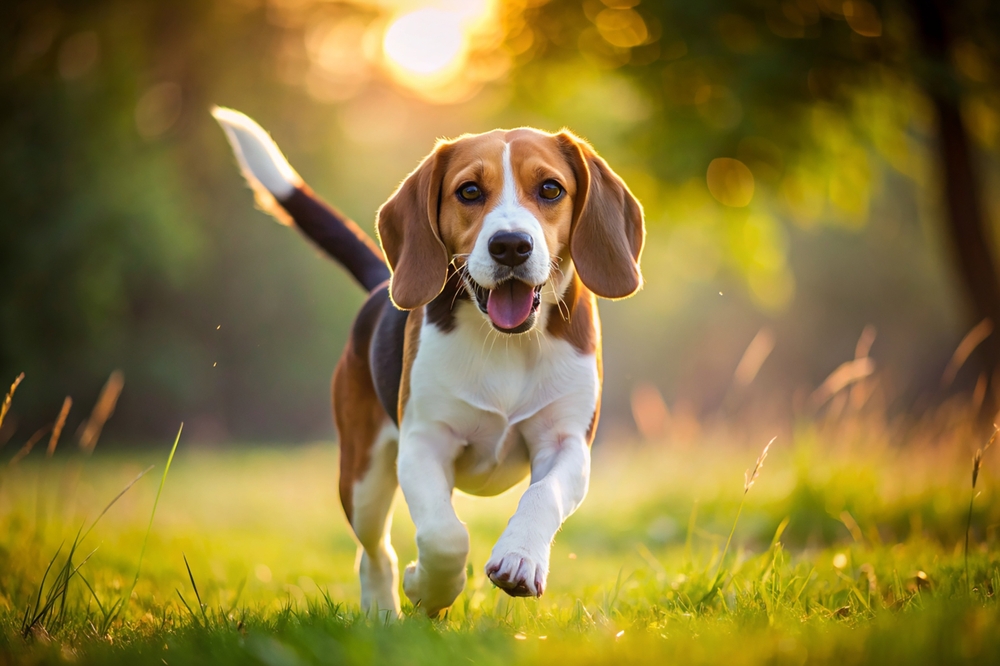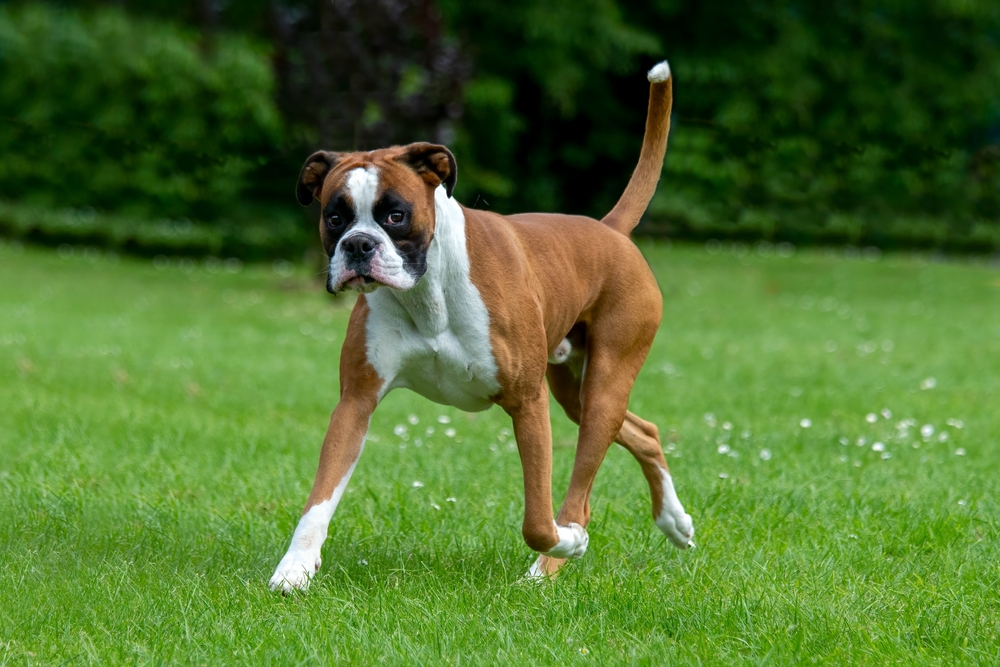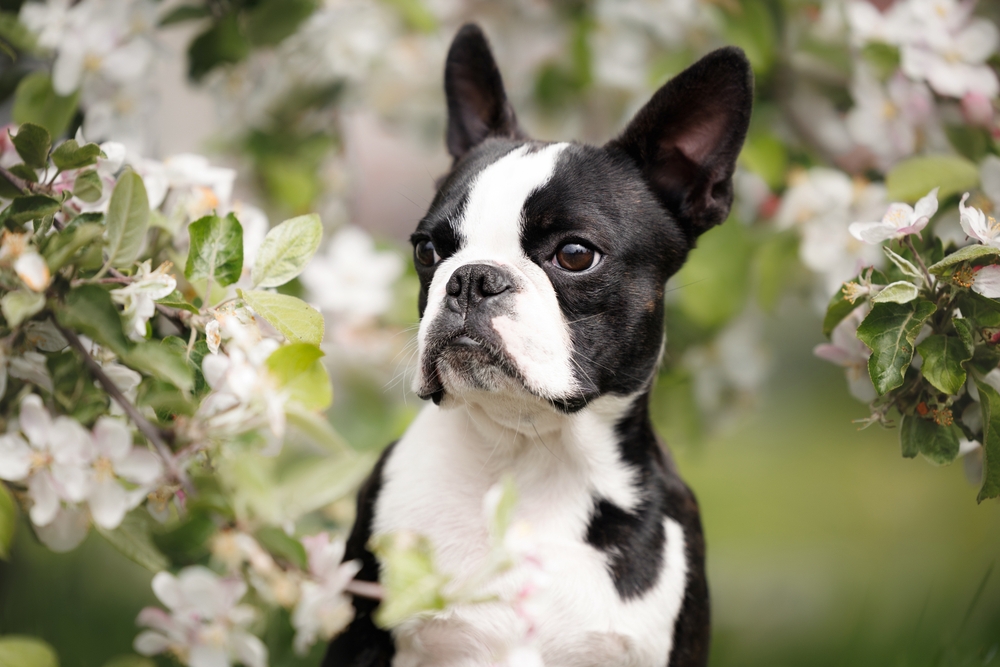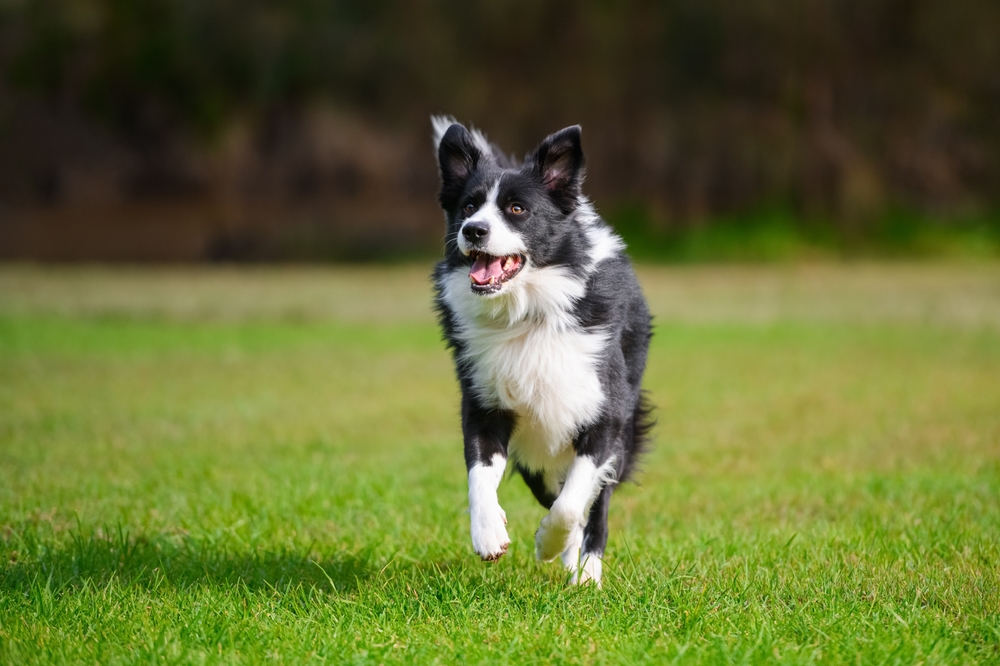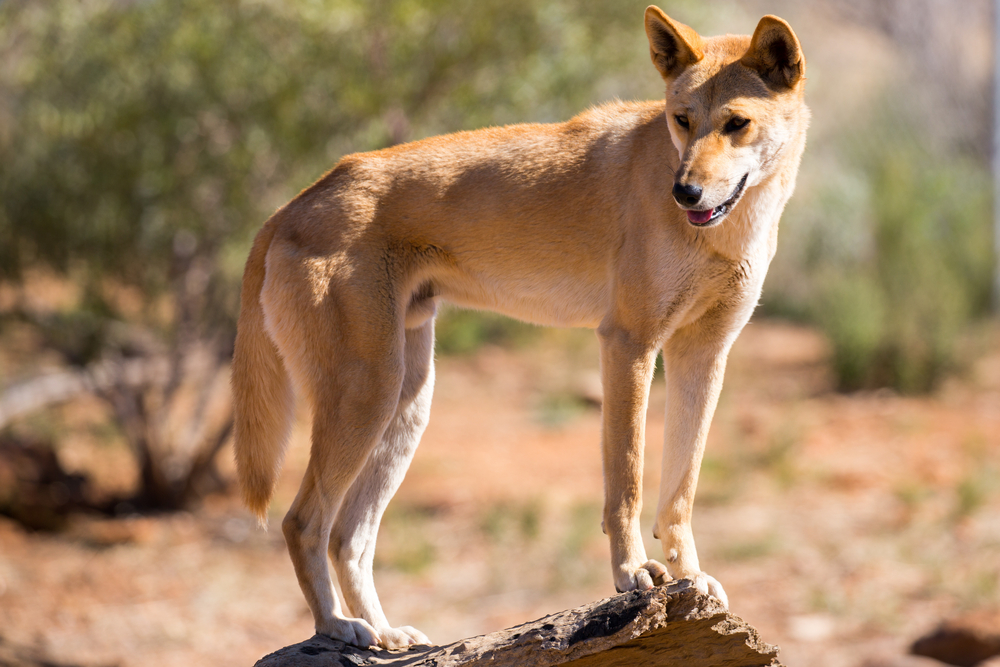The Chow Chow’s closest relatives are other ancient spitz-type breeds, particularly the Shar Pei (which also has a blue-black tongue) and the Akita. Genetic studies also show a close relationship to northern sled-type dogs such as the Samoyed and Norwegian Elkhound.
About
The Chow Chow is a dignified and ancient breed known for its lion-like mane, deep-set eyes, and unique blue-black tongue. Originating in northern China over 2,000 years ago, the Chow Chow was bred for various roles, including hunting, herding, guarding, and pulling carts. The breed’s imposing appearance and aloof temperament have long been valued, and it remains a symbol of prestige and loyalty in its homeland. The Chow Chow’s scientific name is Canis lupus familiaris, and it belongs to the family Canidae.
Medium to large in size, Chow Chows typically stand 17–20 inches (43–51 cm) at the shoulder and weigh 45–70 pounds (20–32 kg). Their dense double coat can be either rough or smooth, with colors including red, black, blue, cinnamon, and cream. The thick ruff of fur around the head and neck gives the breed its signature lion-like silhouette. Their small, rounded ears, deep-set almond-shaped eyes, and distinctive scowling expression add to their noble demeanor.
Chow Chows are independent, intelligent, and often reserved, especially with strangers. They are deeply loyal to their families and can be protective, making early socialization essential. While they are not overly demonstrative, they form strong bonds and can be affectionate with those they trust. Due to their strong will, they respond best to calm, consistent training.
This breed requires regular grooming, particularly for rough-coated varieties, to prevent matting and maintain a healthy coat. Moderate daily exercise suits them well, though they are not as high-energy as many working breeds. Their stoic, dignified nature and striking appearance make them a unique choice for experienced dog owners seeking a devoted and watchful companion.
Physical Characteristics
Chow Chows are medium to large, sturdy dogs known for their lion-like mane, deep-set eyes, and distinctive blue-black tongue:
Coat:
They have a dense double coat that comes in two varieties—rough (abundant, straight, and off-standing with a thick mane around the neck and shoulders) and smooth (short, dense, and plush). Coat colors include solid shades of red, black, blue, cinnamon, and cream.
Face:
Chow Chows have a broad, flat skull with a short, deep muzzle and a distinctive scowling expression due to their facial structure and deep-set almond-shaped eyes. The nose is broad and usually black (blue or cream-colored dogs may have lighter noses). Ears are small, rounded at the tips, and carried erect, slightly forward.
Body:
The breed has a compact, square build with a level back, strong loin, and deep chest. The forelegs are straight, and the hind legs are unusually straight with little angulation, giving them a unique stilted gait.
Tail:
The tail is set high and carried curled tightly over the back, well-feathered in rough-coated types.
Size:
-
Length (Body): Approximately 20 to 25 in (51 to 64 cm) from chest to rump.
-
Shoulder Height:
-
Males: 19 to 22 in (48 to 56 cm)
-
Females: 18 to 20 in (46 to 51 cm)
-
Weight:
-
Adult Female: 45 to 65 lbs (20 to 29 kg)
-
Adult Male: 55 to 70 lbs (25 to 32 kg)
Chow Chows’ physical characteristics combine majestic appearance, strong build, and distinctive features such as their mane-like coat, straight hind legs, and blue-black tongue, making them one of the most visually striking dog breeds in the world.
Reproduction
The reproductive cycle of Chow Chows follows the general domestic dog pattern, but their strong build and dense coat require attentive care during breeding and whelping:
1. Mating and Courtship:
Chow Chows typically reach sexual maturity between 6 and 9 months, but responsible breeders wait until females are at least 18–24 months old. Courtship may involve calm interaction rather than the playful exuberance seen in some breeds, as Chow Chows are often more reserved.
2. Estrus Cycle:
Females usually come into heat twice a year, with each cycle lasting about 2–3 weeks. The most fertile period generally occurs between days 9–14, although ovulation timing can vary individually.
3. Gestation:
The gestation period averages 63 days (about 9 weeks). Pregnant females benefit from a nutrient-rich, high-quality diet and moderate, low-impact exercise. Due to their thick coat, extra care is needed to prevent overheating, especially in warmer climates.
4. Birth of Puppies:
Typical litter sizes range from 4 to 6 puppies. Chow Chows generally whelp naturally, but breeders must monitor closely, as prolonged labor can be risky. Puppies are born with pink tongues that darken to blue-black by about 8–10 weeks of age.
5. Care and Nurturing:
For the first 3–4 weeks, the mother provides warmth, cleaning, and nursing. Given the breed’s thick coat, newborns should be kept in a clean, well-ventilated, temperature-controlled environment to avoid overheating.
6. Weaning and Socialization:
Weaning begins around 4 weeks, introducing soft puppy food gradually. Early socialization between 4–12 weeks is vital for Chow Chows to develop into confident, well-adjusted adults, as they can be naturally aloof with strangers.
7. Independence:
By 8–10 weeks, puppies are usually ready for rehoming, though some breeders keep them until 12 weeks for additional social development.
Because Chow Chows can be prone to hip dysplasia, entropion (eye condition), and certain autoimmune issues, responsible breeders perform comprehensive health screenings before mating.
Lifespan
Lifespan in the Home Environment:
Chow Chows typically live 9 to 15 years, with most averaging around 11–13 years. Lifespan can be extended with proper diet, exercise, grooming, and consistent veterinary care.
Lifespan in Active or Working Roles:
While Chow Chows are not typically used as high-intensity working dogs, those engaged in activities such as competitive obedience or advanced training generally have similar lifespans. Their calm, reserved nature means they are less prone to overexertion injuries, but they still require joint and coat care.
Common Health Factors Affecting Lifespan:
-
Hip Dysplasia: Can lead to arthritis and reduced mobility in senior years.
-
Entropion: An eyelid condition that can cause irritation or corneal damage if untreated.
-
Hypothyroidism: May cause weight gain, lethargy, and coat issues.
-
Autoimmune Disorders: Such as pemphigus foliaceus, affecting skin and immune function.
-
Heat Sensitivity: Their dense coat and short muzzle make them prone to overheating in warm weather.
-
Bloat (Gastric Dilatation-Volvulus): While less common than in giant breeds, it can still be a risk due to their deep chest.
Ways to Maximize Lifespan:
-
Maintain a healthy weight with portion control and a balanced diet.
-
Provide regular exercise to support joint and heart health without overexertion.
-
Groom regularly to prevent skin infections and overheating.
-
Schedule routine veterinary checkups with hip, eye, and thyroid screenings.
-
Avoid prolonged exposure to heat, and provide shade and fresh water at all times.
With attentive care, many Chow Chows remain healthy, alert, and devoted well into their early to mid-teens, retaining their regal appearance and calm demeanor.
Eating Habits
Diet:
Chow Chows thrive on a balanced, high-quality diet designed for medium-sized breeds. Protein sources such as chicken, lamb, beef, or fish support muscle maintenance, while whole grains or vegetables provide energy and fiber. Due to their moderate activity level, they require nutrient-dense but not overly calorie-rich food to avoid weight gain.
Feeding Schedule:
-
Puppies (under 6 months): 3–4 small meals per day to support growth and stable energy levels.
-
Adults: 2 evenly spaced meals per day to maintain a healthy metabolism.
-
Seniors: 2 smaller meals per day, with adjusted calories and joint-support supplements as needed.
Eating Behavior:
Chow Chows are often calm, deliberate eaters, but some can be picky about food. They may prefer consistent feeding times and can develop digestive issues if switched between foods too abruptly.
Special Considerations:
-
Weight Management: Their moderate activity level makes them prone to weight gain if overfed.
-
Joint Support: Diets enriched with omega-3 fatty acids, glucosamine, and chondroitin can help maintain joint health, especially in older dogs.
-
Skin & Coat Health: Their dense double coat benefits from diets high in essential fatty acids to reduce shedding and skin dryness.
-
Heat Sensitivity: In warmer climates, smaller, more frequent meals may help avoid sluggishness in the heat.
Treats and Extras:
Healthy treats include small pieces of apple (without seeds), blueberries, carrots, or green beans. High-fat, high-salt, or sugary human foods should be avoided, as well as toxic items like grapes, onions, and chocolate.
With consistent feeding habits, portion control, and a nutrient-rich diet, Chow Chows maintain a healthy weight, a thick, beautiful coat, and steady energy levels throughout their lives.
Uniqueness
The Chow Chow is one of the most distinctive and ancient dog breeds, with traits that set it apart from nearly every other breed:
Ancient Heritage:
Believed to have originated in northern China more than 2,000 years ago, the Chow Chow served as a hunting, guarding, and sled-pulling dog. It is one of the world’s oldest and purest dog breeds.
Blue-Black Tongue:
Chow Chows are famous for their blue-black tongue, a rare trait in the canine world that they share with only a few other breeds. Puppies are born with pink tongues that darken as they grow.
Lion-Like Appearance:
Their dense mane of fur around the neck and shoulders gives them a regal, lion-like look, especially in the rough-coated variety.
Aloof and Cat-Like Demeanor:
Unlike many dogs that are eager to please, Chow Chows are independent and often reserved with strangers. Their dignified, self-reliant nature is frequently compared to that of cats.
Unique Gait:
The breed’s straight hind legs give it a distinctive, stilted gait not seen in most other breeds.
Versatile Coat Types:
They come in both rough and smooth coat varieties, each giving the breed a slightly different look while retaining its signature silhouette.
Cultural Significance:
In China, the breed’s image has been featured in art, pottery, and sculpture for centuries, symbolizing protection and loyalty.
Chow Chows’ combination of ancient lineage, distinctive physical traits, and dignified temperament makes them one of the most instantly recognizable and historically important dog breeds in the world.
Be the First to Share Photos of This Species.
FAQ’s
1. What is the closest species to the Chow Chow?
2. How does the Chow Chow compare to other breeds?
Chow Chows are more aloof and independent than most companion dogs, often displaying a reserved, cat-like demeanor.
While breeds like the Golden Retriever or German Shepherd are eager to please and highly people-oriented, the Chow Chow tends to form strong bonds with family but is wary of strangers.
Their dense coat, unique blue-black tongue, and straight hind legs set them apart physically, while their dignified personality contrasts with more playful or boisterous breeds.
3. What national parks provide the best chances to see a Chow Chow?
Chow Chows are a domesticated breed and not found in the wild. However, they may be seen in dog-friendly parkswhere leashed pets are allowed, such as:
-
Acadia National Park (Maine) – Carriage roads and certain trails allow leashed dogs.
-
Shenandoah National Park (Virginia) – Several pet-friendly trails and campgrounds.
-
Cuyahoga Valley National Park (Ohio) – Popular for leashed dog walking and outdoor activities.
Given their thick coats and heat sensitivity, you are most likely to see Chow Chows in cooler weather hikes or shaded trails, rather than in hot climates or during strenuous summer treks.



































































